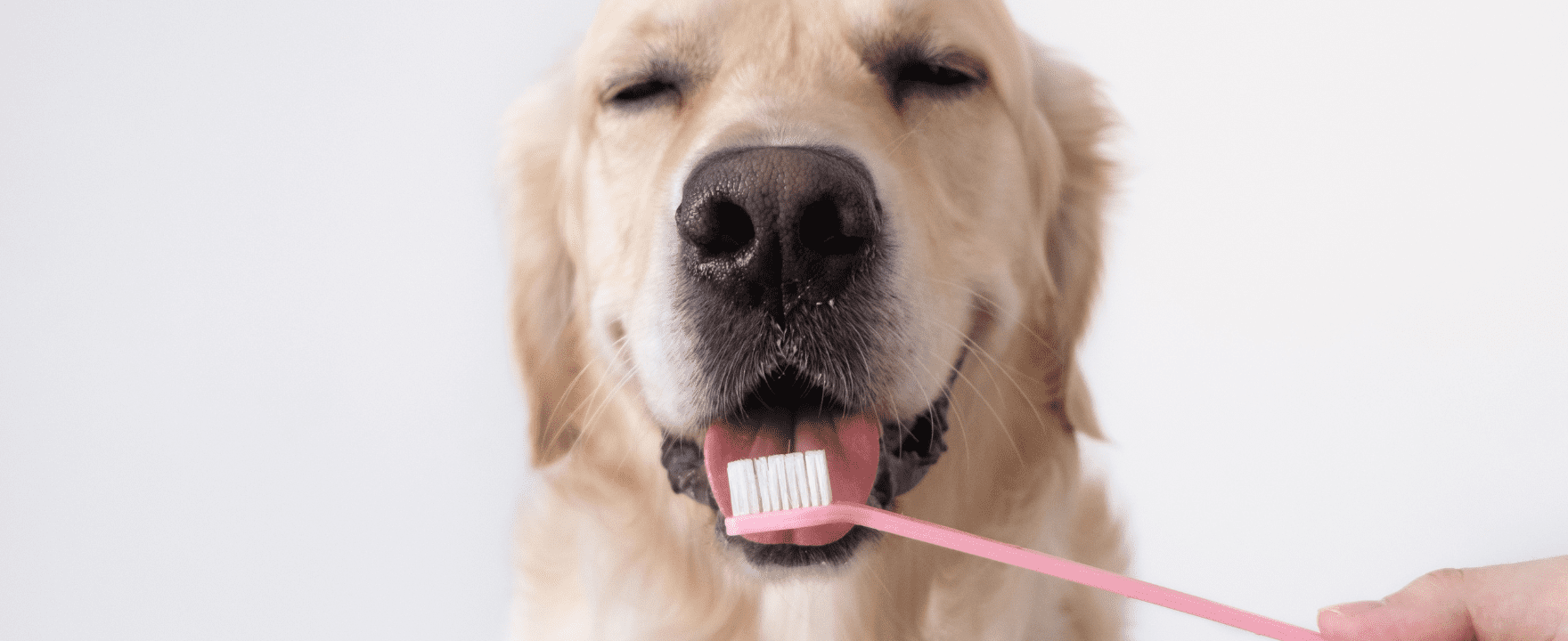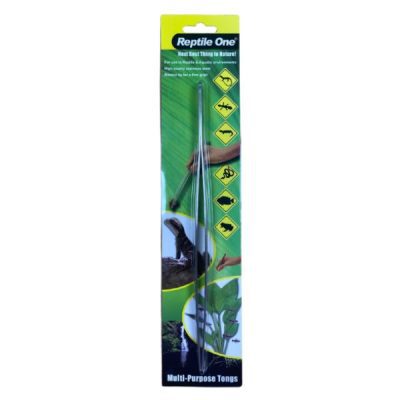This blog, all about caring for your dog’s dental health and brushing their teeth, was written wonderfully by Martha Wil. She runs a website dedicated to pet health, fitness and wellbeing, which you can check out in her links below! But in the meantime, peruse this blog!
Easy Solutions to Brushing Dogs’ Teeth
Dental care is an essential aspect of a dog’s overall health. The majority of dog owners neglect to give their pets proper dental care. Only 7% of dog owners brush their dogs’ teeth. Among these, 50-70% do not follow proper recommendations regarding brushing frequently. This is a serious concern. Why? Because many dogs are developing dental issues.
It is vital to give your dog proper care and ensure that it enjoys good dental health. Brush your dog’s teeth frequently. Your dog will gain a lot from doing it, and it is quite simple and straightforward to perform.
However, most dogs do not enjoy the experience, making it challenging to do so. In this article, we’ll explore easy solutions to brushing your dog’s teeth, why it’s essential, and how to make it a fun experience for your furry friend.
How to Prepare Your Dog For Teeth Brushing
It might be challenging to brush your dog’s teeth if they are not accustomed to it, even though it is an essential component of their oral health routine.
For the procedure to be comfortable for you and your dog, you need adequate preparation. To be successful, you must also have the necessary tools on hand. A few examples of common tools are:
- Toothbrushes
- Finger Brushes
- Dental Chews
- Dogs Toothpaste
- Dental Wipes
When the tools are ready, you are now set for the task. Here are some tips on how to prepare your dog for teeth brushing:
Start Early
It’s best to start introducing your dog to teeth brushing at an early age. Puppies have a natural curiosity, and they are more receptive to new experiences.
It can be a little more challenging with older dogs who have never had their teeth brushed before. So you will need to exercise patience. Your dog will eventually get used to it.
Get Your Dog Used to Being Handled
Your dog should be used to being handled, so before starting, it is important to consider this. Touch their paws, ears, and mouth regularly to help them get comfortable with being touched in those areas. This will make it easier to brush their teeth when the time comes.
Introduce the Toothbrush
Introducing the toothbrush is an essential step in preparing your dog for teeth brushing. Select a dog toothbrush with soft bristles made especially for dogs. Let your dog sniff the toothbrush and get used to its presence before you start brushing its teeth. Have a small amount of the paste on the brush and allow the dog to lick it off. This will help the dog get used to the flavour of the paste.
Use Positive Reinforcement
Positive reinforcement is a powerful tool for preparing your dog for teeth brushing. Reward your dog with treats, praise, and affection when they allow you to touch their mouth or teeth. This will help them associate the teeth-brushing experience with positive feelings and make it more enjoyable for them.
Take It Slow
It’s essential to take the teeth-brushing process slowly and not rush your dog. Brush 1 or 2 teeth at a time, then gradually increase the number.
Tenderness and patience are important, so be gentle. Stop it and try again next time if your dog shows any signs of stress or discomfort.
How to Brush Your Dog’s Teeth
Choose the right toothbrush and toothpaste: Use a soft-bristled toothbrush and toothpaste specifically designed for dogs. Avoid using human toothpaste, as it can be toxic to dogs.
Get your dog comfortable: Start by getting your dog comfortable with the idea of having their teeth brushed. Allow the dog to smell the paste, then rub it gently on their teeth and gums.
Brush their teeth: Once your dog is comfortable, start brushing their teeth. Make small circular motions and hold the brush at 45 degrees to the teeth. Focus on the outer surfaces of the teeth, as this is where most of the plaque and tartar accumulate.
Reward your dog: Give them a treat or some praise after brushing their teeth. This helps them associate tooth brushing with a positive experience.
Easy Solutions to Brushing Dogs’ Teeth
Use dental wipes: You can use this if you realize your dog is not comfortable with a toothbrush. These are specially designed to clean your dog’s teeth and gums, and they come in a variety of flavours that your dog will enjoy. To use dental wipes, wrap the wipe around your finger and gently rub it on your dog’s teeth and gums. Make sure to get all the way to the back of their mouth.
Give your dog dental chews: These are a fun and tasty way to clean your dog’s teeth. They come in different sizes and flavours, and they help to remove plaque and tartar while satisfying your dog’s chewing needs. Select dental chews that are made from natural ingredients with no additives or preservatives. Also, make sure to choose the right size to chew for your dog’s breed and size.
Add dental water to their bowl: Dental water is a simple way to promote dental hygiene. All you have to do is add it to your dog’s drinking water, and it will help to reduce plaque and tartar build-up. Dental water contains enzymes that break down bacteria in your dog’s mouth, reducing the chance of developing periodontal disease. Be sure to change your dog’s water regularly and refill it with fresh dental water as needed.
Incorporate dental toys: There are many dental toys available that are designed to clean your dog’s teeth while they play. These toys come in different shapes and sizes, and they help to massage your dog’s gums and remove plaque. Some popular dental toys include rubber toys with bumps and ridges, rope toys with knots, and chew toys made from durable materials. Make sure to supervise your dog while they play with dental toys to prevent choking hazards.
Why is Brushing a Dog’s Teeth Important?
80% of dogs develop a certain dental issue called periodontal disease at the age of 3. Toy and small dog breeds such as FouFou’s teacup puppies, chihuahuas, and poodles are especially prone.
Plaque and tartar build-up cause this disease, which can result in tooth loss, gum disease, and bad breath. Additionally, poor dental hygiene can affect other parts of the dog’s body, leading to heart, liver, and kidney problems.
The best way to avoid these issues is to brush your dog’s teeth. It removes plaque, tartar, and bacteria, helping to keep their mouth healthy and odour-free. But how often should you brush your dog’s teeth? Generally, it’s recommended that you brush your dog’s teeth daily. However, if that’s impossible, aim to do it at least three times a week.
Conclusion
For your dog’s overall health and well-being, good dental hygiene is essential. It can prevent periodontal disease, tooth loss, and other health problems. Starting early, getting your dog used to handling, introducing the toothbrush, and employing positive reinforcement are all effective ways to get your dog ready for teeth brushing.
Taking it slow and being patient are also necessary. In addition to brushing, dental wipes, dental chews, and dental water can also help keep your dog’s teeth clean and healthy. With the right tools, patience, and practice, brushing your dog’s teeth can become a fun and bonding experience for both you and your furry friend.
This blog was written by Martha Wil. She runs a site dedicated to pet health, fitness and wellbeing – take a look!
Website: https://ourfitpets.com/
Got a pet subject that you’re knowledgeable about? Send an email to social@hugglepets.co.uk and tell us all about it!
To see all of our blogs, click here! And for any questions, queries, or concerns, contact us on Facebook.










